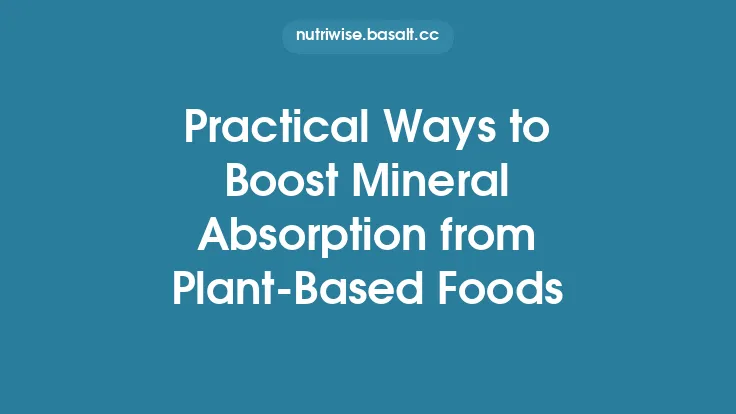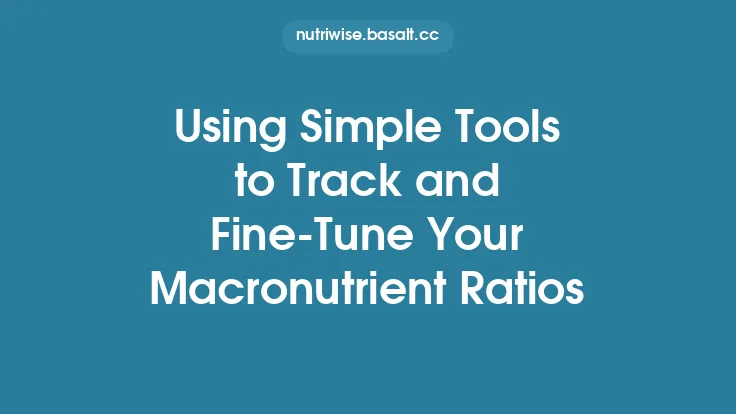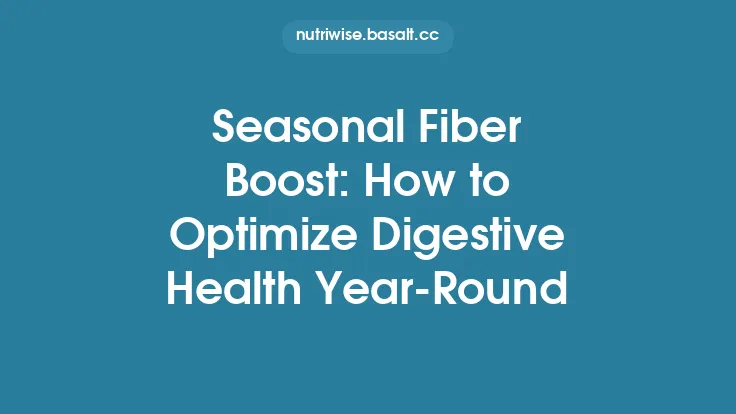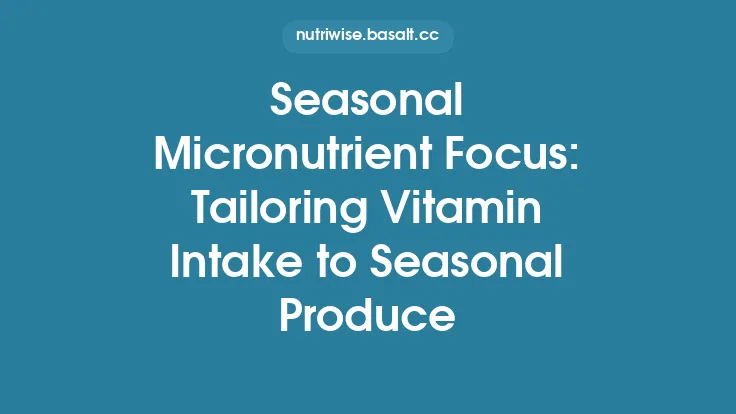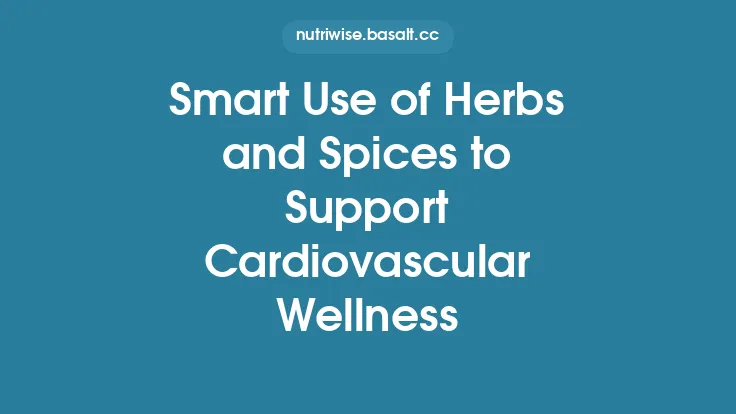Garlic has been celebrated for centuries not only as a flavor powerhouse but also as a natural ally for heart health. Modern research continues to uncover how the humble bulb can influence blood pressure, cholesterol levels, platelet function, and vascular tone. By understanding the science behind these effects and learning practical ways to weave more garlic into everyday meals, you can harness its cardiovascular benefits without sacrificing culinary enjoyment.
Understanding Garlic’s Cardiovascular Mechanisms
The cardiovascular system responds to a complex interplay of biochemical signals. Garlic exerts its influence through several pathways:
- Nitric oxide (NO) modulation – Allicin and related sulfur compounds stimulate endothelial nitric oxide synthase (eNOS), enhancing NO production. NO relaxes smooth muscle in blood vessels, leading to vasodilation and lower systemic vascular resistance.
- Antioxidant activity – Reactive oxygen species (ROS) can oxidize low‑density lipoprotein (LDL) particles, a key step in atherogenesis. Garlic’s organosulfur constituents, such as S‑allyl cysteine, scavenge free radicals and up‑regulate endogenous antioxidant enzymes (e.g., superoxide dismutase, glutathione peroxidase).
- Anti‑inflammatory effects – Chronic low‑grade inflammation drives plaque formation. Garlic suppresses nuclear factor‑κB (NF‑κB) signaling, reducing the expression of pro‑inflammatory cytokines (IL‑6, TNF‑α) and adhesion molecules that attract immune cells to the arterial wall.
- Lipid metabolism regulation – Certain garlic compounds inhibit HMG‑CoA reductase, the same enzyme targeted by statins, thereby decreasing hepatic cholesterol synthesis. They also promote the activity of lipoprotein lipase, facilitating the clearance of triglyceride‑rich lipoproteins.
- Platelet aggregation inhibition – By interfering with thromboxane A2 synthesis and reducing platelet activation markers (P‑selectin), garlic helps maintain smoother blood flow and reduces the risk of thrombotic events.
Collectively, these mechanisms create a milieu that supports lower blood pressure, healthier lipid profiles, reduced oxidative stress, and improved endothelial function—all pillars of cardiovascular wellness.
Key Bioactive Compounds in Garlic
| Compound | Formation | Primary Cardiovascular Action |
|---|---|---|
| Allicin | Produced when alliinase converts alliin after crushing or chopping | Potent vasodilator, antimicrobial, platelet inhibitor |
| S‑allyl cysteine (SAC) | Generated during aging of garlic (e.g., black garlic) | Antioxidant, improves lipid metabolism |
| Diallyl disulfide (DADS) | Result of allicin breakdown | Anti‑inflammatory, enhances NO bioavailability |
| S‑allyl mercaptocysteine (SAMC) | Formed during thermal processing | Supports endothelial health, reduces oxidative stress |
| Ajoene | Formed from allicin under mild heating | Inhibits platelet aggregation, anti‑atherogenic |
The concentration of these compounds varies with preparation method, storage, and garlic variety. Fresh, raw garlic yields the highest allicin content, while aged or fermented forms (e.g., black garlic) contain more stable sulfur metabolites like SAC, which may be better tolerated by sensitive digestive systems.
Evidence from Clinical Research
A robust body of randomized controlled trials (RCTs) and meta‑analyses has examined garlic’s impact on cardiovascular risk factors:
- Blood Pressure – A 2016 meta‑analysis of 7 RCTs (n ≈ 400) reported an average systolic reduction of 4–5 mm Hg and diastolic reduction of 2–3 mm Hg in hypertensive participants consuming 300–1,200 mg of aged garlic extract daily for 12 weeks.
- Lipid Profile – A 2018 systematic review of 10 trials (n ≈ 600) found that standardized garlic powder (600 mg/day) lowered total cholesterol by 7 % and LDL‑C by 9 % without significantly affecting HDL‑C.
- Platelet Function – Short‑term studies (4–8 weeks) using raw garlic (2–3 cloves/day) demonstrated a 15–20 % decrease in platelet aggregation induced by ADP, comparable to low‑dose aspirin in some cohorts.
- Endothelial Function – Flow‑mediated dilation (FMD) improved by 2–3 % after 8 weeks of aged garlic extract supplementation, indicating enhanced nitric oxide‑mediated vasodilation.
While individual responses vary, the consensus across high‑quality studies is that regular garlic intake confers modest but clinically meaningful improvements in several cardiovascular parameters, especially when combined with a heart‑healthy diet and lifestyle.
Practical Culinary Strategies to Increase Garlic Consumption
- Raw Garlic in Dressings and Dips
- Finely mince or press 1–2 cloves into vinaigrettes, tahini sauces, or hummus. Let the mixture rest 10 minutes to allow allicin formation before adding oil or acid, which can otherwise inhibit the enzyme alliinase.
- Garlic‑Infused Oils
- Gently warm extra‑virgin olive oil with sliced garlic for 5 minutes (do not boil). Strain and drizzle over roasted vegetables, grilled fish, or whole‑grain toast. The low‑temperature infusion preserves most sulfur compounds while imparting a mellow flavor.
- Roasted Garlic Spread
- Slice the top off a whole head, drizzle with olive oil, and roast at 180 °C (350 °F) for 35–40 minutes. The softened cloves become sweet and caramelized; mash them into a spread for sandwiches, soups, or as a base for mashed potatoes.
- Garlic‑Rich Soups and Stews
- Add crushed garlic early in the sauté stage of onion‑based soups (e.g., lentil, minestrone) to build depth. For long‑cooking stews, introduce a second addition of minced garlic 15 minutes before the end to retain some raw potency.
- Fermented Garlic (Black Garlic)
- Incorporate black garlic paste into marinades, grain bowls, or as a topping for pizza. Its milder, sweet flavor makes it suitable for those who find raw garlic too pungent, while still delivering SAC and antioxidant benefits.
- Garlic Powder as a Seasoning Staple
- Use a high‑quality, non‑iodized garlic powder to season popcorn, roasted nuts, or homemade crackers. While the allicin content is lower, the powder provides a convenient way to ensure daily intake.
Cooking Tips to Preserve Bioactive Compounds
| Cooking Method | Impact on Allicin & Sulfur Compounds | Recommended Practice |
|---|---|---|
| Crushing/Chopping (raw) | Maximizes alliinase activity → high allicin | Let stand 5–10 min before heating |
| Gentle Sauté (≤ 120 °C) | Retains most allicin; excessive heat degrades it | Cook for ≤ 2 minutes, add later if simmering |
| Boiling | Rapid allicin loss; some water‑soluble compounds leach out | Use broth from boiled garlic for soups |
| Roasting (180–200 °C) | Allicin converts to more stable DADS/Ajoene | Roast whole heads for sweet flavor, accept conversion |
| Fermentation (black garlic) | Converts allicin to SAC, enhances antioxidant capacity | Use as a finished product; no further cooking needed |
A practical rule of thumb: crush → rest → low‑heat. This sequence captures the peak allicin burst while minimizing thermal degradation.
Incorporating Garlic into Daily Meals
| Meal | Simple Garlic‑Forward Idea |
|---|---|
| Breakfast | Sprinkle minced raw garlic into avocado toast topped with cherry tomatoes and a drizzle of lemon‑garlic olive oil. |
| Lunch | Toss mixed greens with a garlic‑lemon vinaigrette, roasted chickpeas, and a handful of toasted pumpkin seeds. |
| Snack | Blend roasted garlic with Greek yogurt, herbs, and a pinch of sea salt for a dip served with raw vegetables. |
| Dinner | Marinate chicken breast in a mixture of crushed garlic, ginger (optional), soy sauce, and honey; grill and serve over quinoa with sautéed kale. |
| Dessert (adventurous) | Incorporate a tiny amount of black garlic puree into dark chocolate mousse for a subtle umami twist and antioxidant boost. |
These ideas illustrate that garlic can be a versatile component across the day, from bold raw applications to mellow roasted forms, ensuring a steady supply of its cardioprotective agents.
Potential Interactions and Safety Considerations
- Anticoagulant Medications – Garlic’s antiplatelet activity may potentiate the effects of warfarin, clopidogrel, or direct oral anticoagulants. Individuals on such therapy should monitor INR levels and discuss dosage adjustments with a healthcare professional.
- Gastrointestinal Sensitivity – High raw garlic intake can cause heartburn, bloating, or garlic breath. Starting with small amounts and gradually increasing tolerance, or opting for aged/fermented forms, can mitigate discomfort.
- Surgery – Because of its blood‑thinning properties, discontinue high‑dose garlic supplements (≥ 300 mg allicin equivalents) at least 7 days before elective surgery.
- Allergy – Rare, but possible. Symptoms range from mild oral itching to anaphylaxis. Immediate medical attention is required if systemic reactions occur.
Overall, culinary use of garlic in typical food amounts is safe for most adults. Supplements provide concentrated doses and should be used under professional guidance, especially when concurrent medications are involved.
Making Garlic a Heart‑Healthy Staple
Garlic’s blend of vasodilatory, antioxidant, anti‑inflammatory, lipid‑modulating, and antiplatelet actions positions it as a uniquely multifaceted food for cardiovascular support. By:
- Choosing preparation methods that maximize desired compounds (raw crushing for allicin, aging for SAC),
- Integrating garlic into a variety of dishes throughout the day,
- Balancing intake with personal tolerance and medical considerations, and
- Pairing garlic with other heart‑friendly foods such as olive oil, whole grains, and leafy greens,
you can create a sustainable, flavorful dietary pattern that contributes to long‑term heart health. The simplicity of adding a clove or two to everyday cooking makes garlic an accessible, cost‑effective ally in the pursuit of a resilient cardiovascular system.

